Khmelnytskyi
About 300 kilometres southwest of Kiev lies the city of Khmelnytskyi which until 1954 was called Proskurov. When the Germans invaded Soviet Union in June 1941, about 14,500 Jews lived in the city, which corresponded about 40 percent of the city’s population. When the Germans occupied the city on July 8, 1941, about 2,500 Jews had fled east. The Germans forced the remaining Jews to hand over their possessions, wear identification marks and perform slave labor. Spontaneous pogroms also took place and not infrequently with fatal outcome. Spontaneous executions on arbitrary grounds also became everyday life for the Jews. Som Jews managed to hide, but the risk of being revealed, found and shot was always present. In early September, 1941, a ghetto was established in the northeast of the city, where all the Jews were forced to move. The ghetto was surrounded by barbed wire and it was forbidden without special permission to leave and enter the ghetto. Overcrowding, lack of supplies and sanitary facilities quickly contributed to difficult living conditions in the ghetto, especially for the elderly and children.
In early November 1941, the german authorities decided to liquidated the ghetto and kill all the ghetto Jews. Only those whom the Germans considered necessary for slave labor would be spared. On November 4, the ghetto was surrounded by German police forces with the assistance of Ukrainian and Lithuanian auxiliary forces. The Jews was rounded-up, taken to a place just outside the ghetto, forced to surrender their possessions, undress, run to pre-dug pits and shot by Nazi mobile killing squads (Einsatzkommando 6) from Einsatzgruppe C. During this killing, about 5,300 Jews were killed. The remaining Jews were transferred to a new ghetto and used as slave labor. In May 1942, the Germans established another ghetto, about five kilometers east of the city where the Jews were forced to work on road construction. Jews from the region were also taken to the ghettos of Proskurov. These two ghettos were liquidated on November 30, 1942, when about 8,200 Jews were killed by Nazi killing squads and Ukrainian auxiliary forces. After that, Proskurov was declared free of Jews.
Current status: Monument (2019).
Location: 49°26'13.58"N 27°01'31.68"E (memorial).
Get there: Car.
Follow up in books: Arad, Yitzhak: Holocaust in the Soviet union (2009).


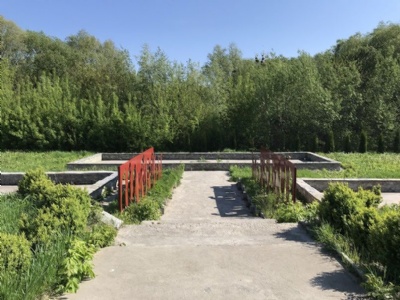
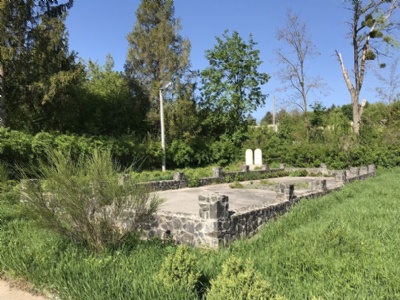
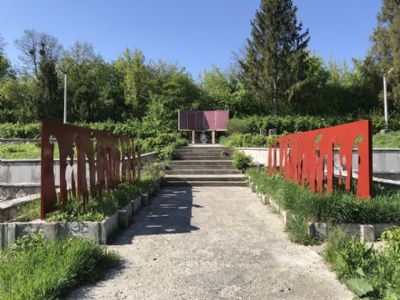
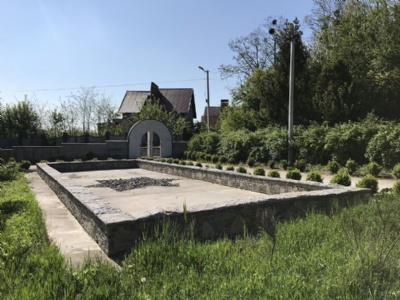
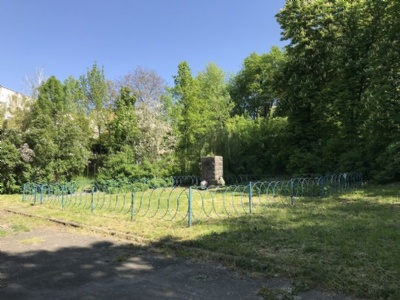
The memorial has quiet new (2019) and is secluded next to the road in what seems to be a wealthy residential area. It consists of symbolic graves and an information board with English text. Its seclusion and design make it worthy of the events it remembers. Another monument is located in the middle of the city squeezed in on a green area between both residential buildings and a hospital.